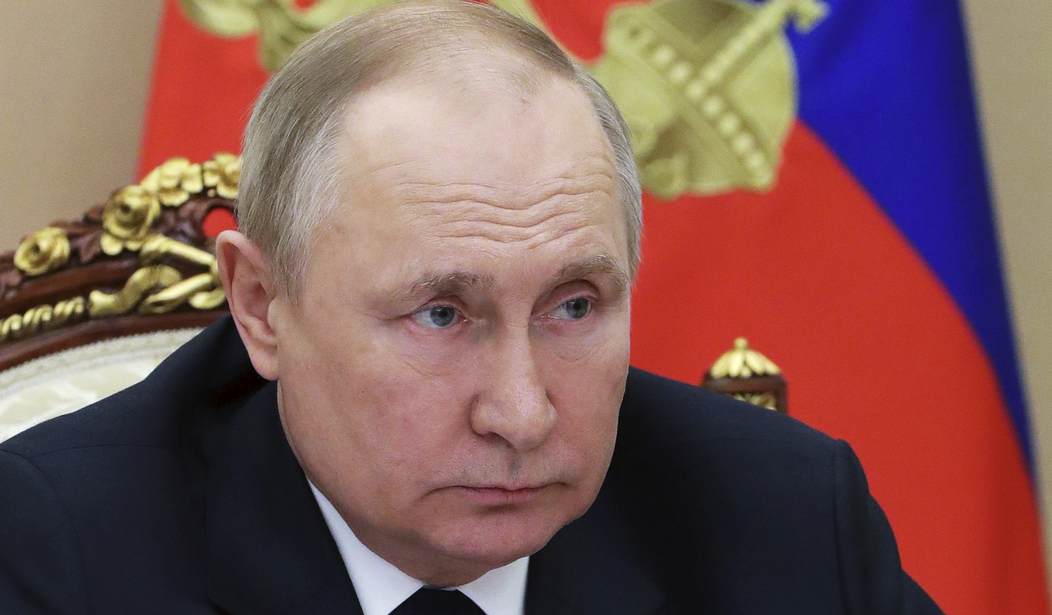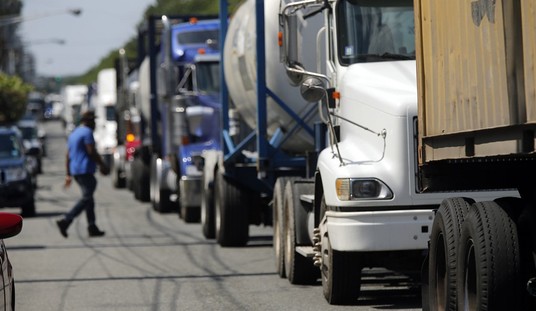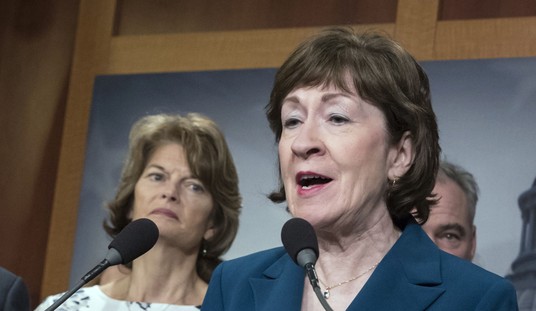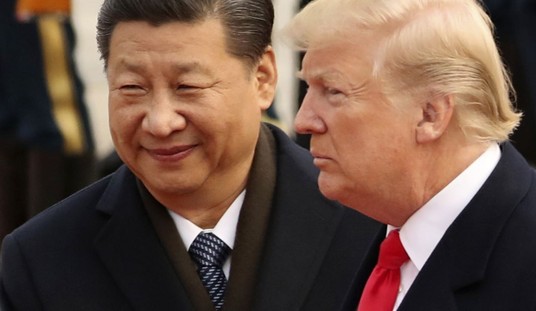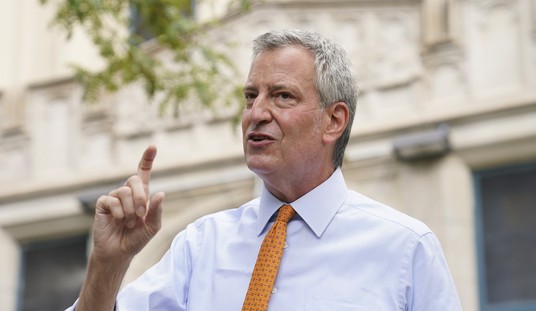It looks like President Trump has had enough of Vladimir Putin’s strategic stalling over halting his tragic invasion of Ukraine — at least for the moment.
We’ll never really know how many people have perished as a result of the diminutive Putin’s Napoleonic complex driving him to attempt recreation of a mini-Soviet Union like the dying one that spawned him as a KGB agent.
The 73-year-old Putin doesn’t care how many corpses of Russian soldiers are rotting in the trenches and fields of eastern Ukraine. His army does not rescue the wounded or recover the dead. In fact, many Russian troops caught retreating are shot by their own side.
Brutal aerial videos show wounded Russians killing themselves or comrades doing the deed rather than dying slowly of their wounds. Rough estimates put the number around a million.
In 1994, Russia, Britain, and the U.S. guaranteed Ukrainian sovereignty if it surrendered all of its Soviet-era nuclear weapons, which it did. Now betrayed by Moscow, heavily out-manned Ukraine is valiantly fighting to keep some independence, and is certainly not going to reveal its losses to the enemy.
Trump has escalated the military maritime war on drug traffickers. But he has brought peace to other global conflicts, including the new ceasefire in Gaza.
And he has spoken movingly about the ongoing loss of life in Ukraine. Before the summit in Alaska, Trump threatened serious consequences for Russia if Putin didn’t agree, at least, to a ceasefire.
The president has maintained that a willingness to walk away is essential to any good deal-making. When tariff talks with Canada stalled recently, Trump ended them by walking. This weekend, he then slapped an additional 10 percent on his new tariffs.
He has appeared annoyed with Putin at times, but has acted more cautiously, perhaps because the stakes are high, and he cares more about ending a deadly war with his biggest deal ever. Which Putin surely understands.
During a Cabinet meeting last summer, Trump said, “I’m not happy with him. I can tell you that much right now. This is killing a lot of people.”
At Joint Base Andrews in July, Trump said, “Putin really surprised a lot of people. He talks nice and then he bombs everybody in the evening. There's a little bit of a problem there. I don't like it."
No agreement came out of their August meeting in Alaska. When Ukraine asked for Tomahawk missiles to strike deeper inside Russia, Putin warned that would be an escalation. Trump eventually denied the Tomahawk request, saying those weapons have a long training curve and he hoped that wouldn’t be necessary.
He had scheduled another meeting with Putin in Hungary.
But last week, Trump said, “Every time I speak with Vladimir, I have good conversations, and then they don’t go anywhere.”
Trump then canceled the next meeting with Putin and, for the first time in his second term, ordered a set of new economic sanctions on Russia, these on the two largest oil companies – Rosneft and Lukoil — and dozens of their subsidiaries. Third parties facilitating Russian oil sales risk punishments too.
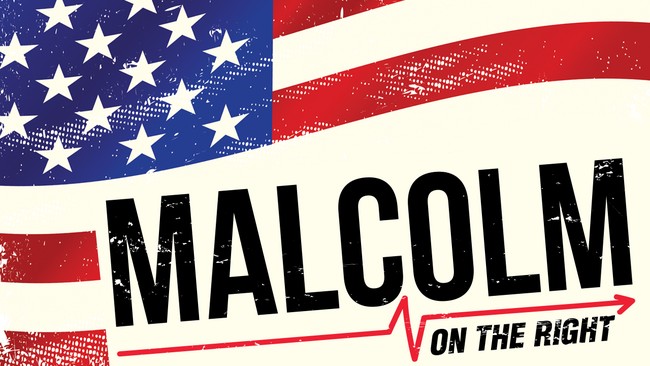
The president said, “I just felt it was time. We waited a long time.”
The goal is to stop or complicate the companies’ financial transactions and restrict the immense income from sales that finance Putin’s war effort. The steps may also reduce oil purchases by some countries, such as India, which buys more than 1.6 million barrels of Russian oil per day, second only to China. Both, however, get steep discounts.
Senate Republicans have their own set of stiff Russian sanctions awaiting Trump’s go-ahead, which hasn’t come.
Trump told reporters:
It’s a very big day in terms of what we’re doing. These are tremendous sanctions. They’re big, these are against their two big oil companies, and we hope they won’t be on for long. We hope that the war will be settled.
The sanctions bumped up the benchmark price of crude oil 5.5 percent to $66 a barrel the next day.
According to Richard Bronze, an executive with the research firm Energy Aspects, Trump’s powerful new steps have both a symbolic and a real impact on an oil market that has become accustomed to the U.S. administration threatening but avoiding moves against Russia:
Just the decision to make this announcement is going to send quite a shock wave through the market. It feels like the president has finally reached the point where he recognizes Putin is not going to make concessions or engage in meaningful diplomacy without facing significant pressure first.
Putin denounced the actions as “unfriendly acts” that would do damage but would not deter his military campaign.
In this instance, the Russian leader is correct.
Since 1991, when international sanctions forced South Africa to begin ending apartheid, such restrictions have not changed a nation-target’s basic policies. Using surreptitious workarounds, North Korea, Iran, Iraq, Venezuela, and others have all carried on despite sanctions.
To be sure, sanctions impose economic pain on civilians and some bigwigs who are dumb enough to stash their riches or yachts in NATO countries. But they do not force official policy changes.
Some people could be excused if they thought the West had already pretty much sanctioned everything and everyone in Russia since Putin began his territorial annexations of neighbors with two provinces of Georgia in 2008. And if these new sanctions are so serious, why weren't they imposed by previous presidents?
Serial announcements of economic sanctions cost little and are a common photo-op signal of toughness in the West, where few media bother to inquire about the results of all the previous ones.
George W. Bush set sanctions in 2008. Barack Obama levied more in 2014 when Putin annexed Crimea and parts of eastern Ukraine, then fomented uprisings there. Joe Biden, or those running his autopen, assessed even more sanctions when Putin launched his full-scale invasion in February 2022, and even after that.
Russia is experiencing 10 percent inflation now, largely the result of extremely expensive military enlistment bonuses to avoid an unpopular general mobilization. About 200,000 males fled Russia in 2022 to avoid conscription in a partial mobilization.
Yet nothing has altered Putin’s course, not yet anyway. And there is little reason for him to cave.
First, regardless of its massive manpower sacrifices, Russia, with nearly four times the population of Ukraine, has many more men to sacrifice.
Moscow’s units are slowly gaining ground. Most fighting will stop now with the onset of bitter winter weather, but Russia has gained a chunk of new territory this fighting season.
Second, the war and threat of future Russian incursions roil the NATO alliance, Putin’s archenemy, which has invested hundreds of billions in materiel and financial support in Ukraine’s defense efforts. China and North Korea are helping Russia, which keeps the West occupied there and less in Asia.
Putin is counting on political resolve and patience in Europe and in Washington eventually waning, reflecting political fatigue among voters, which is not a problem for him. Just as it was no problem for the patient Taliban in Afghanistan or the Communists in Vietnam outlasting the will to fight of their democratic opponents.
Third, and perhaps most importantly, Russian intelligence told the boss what he wanted to hear in 2021, that conquering Ukraine would take mere days. The war is currently well into its fourth year.
Putin has ruthlessly neutered domestic opposition for now, with numerous critics falling out of tall buildings, committing “suicide,” going to prison, or experiencing a sudden explosion of their airplane in flight.
If Putin doesn’t acquire something resembling victory from his reckless invasion of Ukraine, patient but ambitious would-be successors could impose Russia’s version of term limits.
These extra-legal measures have proven terminally effective over the decades, involving poison, pistol shots to the head, and in one case, an ice ax.

